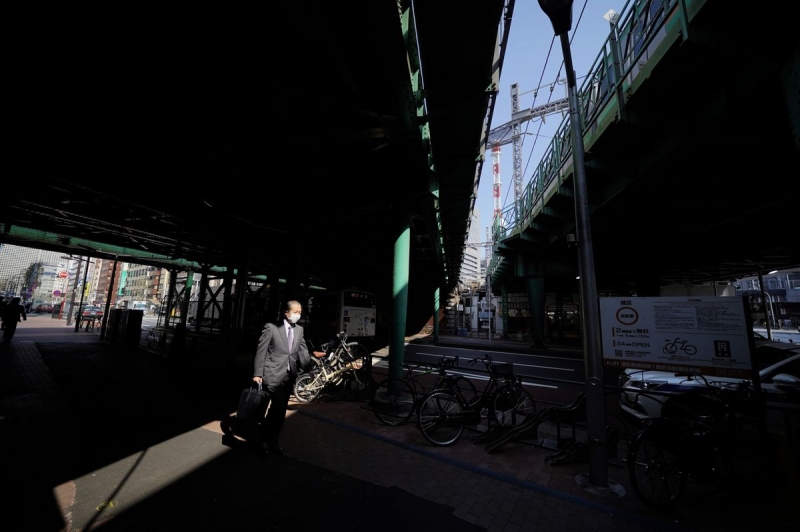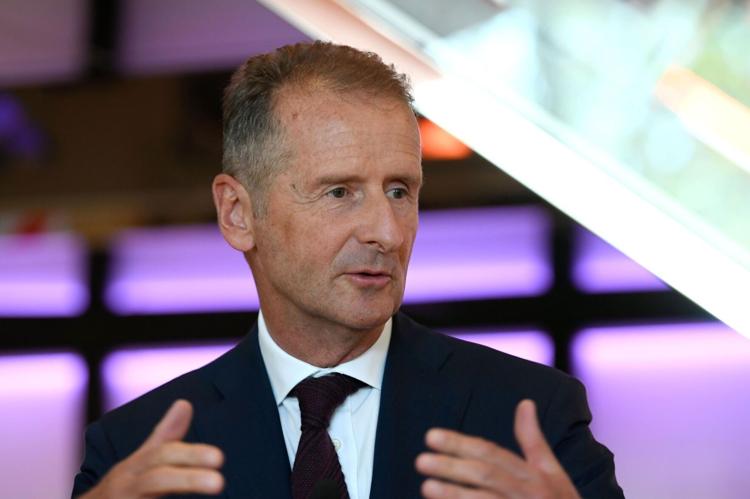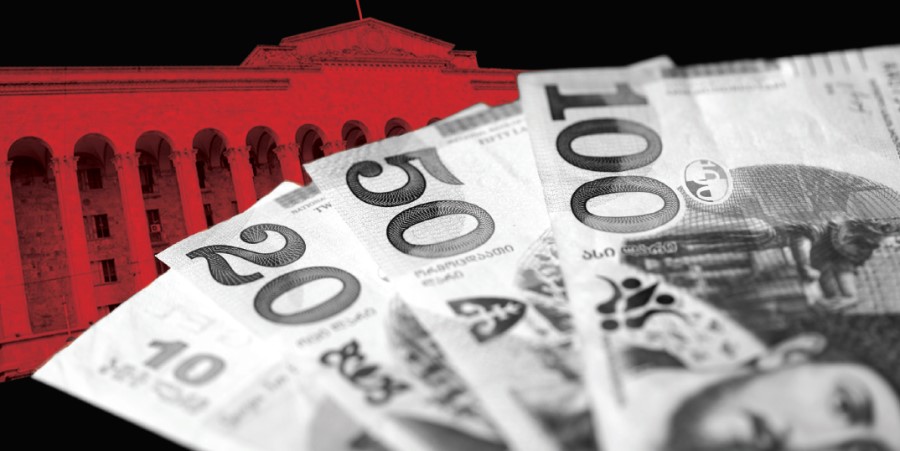The coronavirus pandemic is set to rob the global economy of more than $5 trillion of growth over the next two years, greater than the annual output of Japan.
That’s the warning from Wall Street banks as the world plunges into its deepest peacetime recession since the 1930s, after the virus forced governments to demand that businesses close and people stay home.
Although the downturn is predicted to be short-lived, it’ll take time for economies to make up the lost ground. Even with unprecedented levels of monetary and fiscal stimulus, gross domestic product is unlikely to return to its pre-crisis trend until at least 2022.
That’s a similar timescale to the aftermath of the global financial crisis just over a decade ago, though the recovery could yet prove even more sluggish than economists are predicting.
It underscores the massive task for policy makers, who must deliver enough stimulus to drive the rebound but avoid reopening their economies too soon and allowing the virus to return.
“Trajectory matters a whole lot,” said Catherine Mann, chief economist of Citigroup Inc., which expects a global hit of around $5 trillion. “If your trajectory is positive, that is supportive of business confidence and supportive of individuals feeling they can go get a job. That’s a critical ingredient going into the second half of the year and 2021.”
JPMorgan Chase & Co. economists put the lost output at $5.5 trillion or almost 8% of GDP through the end of next year. The cost to developed economies alone will be similar to those witnessed in the recessions of 2008-2009 and 1974-1975.
Morgan Stanley says that despite an aggressive policy response, it’ll be the third quarter of 2021 before GDP in developed markets returns to pre-virus levels. Deutsche Bank AG says the “lingering cost and scarring effect” will leave the U.S. and European Union economies alone $1 trillion below pre-virus expectations by the end of 2021.
The World Trade Organization said Wednesday that the pandemic could cause a deeper collapse of international trade flows than at any point in the postwar era. The International Monetary Fund is due to announce its latest forecasts as part of its spring meeting — to be held virtually — next week.
European Central Bank President Christine Lagarde said on Thursday that each month of lockdown is costing the euro-area economy 2% to 3% of economic output.
The numbers risk masking the human toll of the crisis. As well as the mounting death count, businesses will lose income and many will be forced to close. Millions of employees will be cast out of work.
The International Labor Organization said this week that more than 1 billion workers are at high risk of a pay cut or losing their job.
“It’s going to be temporary, but it’s putting stress on everything,” Steve Schwarzman, chief executive officer of Blackstone Group Inc., told Bloomberg Television this week.
Governments will need to coordinate. The Bank for International Settlements has warned that disjointed national efforts could lead to a second wave of cases, a worst-case scenario that would leave U.S. GDP close to 12% below its pre-virus level by the end of 2020.












